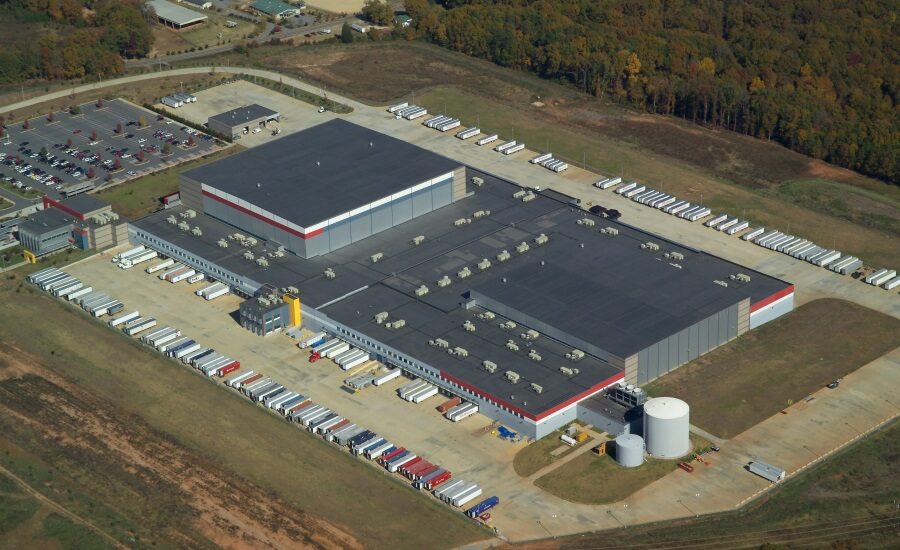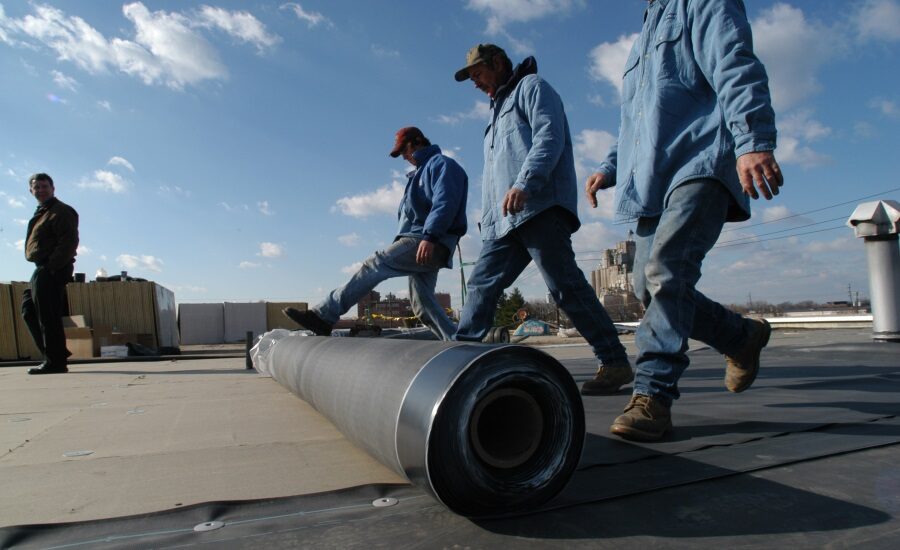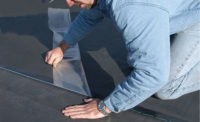EPDM membranes offer an optimal solution for nearly any low-slope roofing situation. EPDM is a durable material that has more than 50 years of proven, in-field performance. With significant physical property advantages, warming benefits in northern climates, and innovations in product technologies, EPDM is still defining the standard in the commercial roofing market.
Here are 10 reasons to consider EPDM on your next roofing project.
- EPDM is time-tested in real-world conditions. Black EPDM roofing systems have been used for more than 50 years, and white EPDM roofing systems have been used for more than 25 years.
- EPDM has advanced resistance to UV exposure as evidenced by the ASTM G155 Xenon Arc test, where some EPDM membranes reach 41,580 kJ/m² for black EPDM and 25,200 kJ/m² for white EPDM (1,260 kJ/m2 is equivalent to 1-year exposure in South Florida). The cross linked nature of EPDM also provides excellent heat resistance with membranes passing 68 weeks exposure at 240 degrees F in the ASTM D573 test. EPDM also offers superior resistance to fungi growth achieving a zero (no growth) rating in the ASTM G21 test.
- EPDM is the most dimensionally stable membrane, remaining flexible even in extremely cold conditions. Per ASTM D5279-08, EPDM is more flexible at 0 degrees F than the most popular thermoplastic membrane at 100 degrees F.
- Numerous studies and real-world experience confirm that EPDM’s 465 percent elongation (ASTM D412) and weathering resistance result in superior hail damage resistance and UL2218 Class 4 rating.
- EPDM’s nominal 60 mils of weathering protection is significantly greater than the 20-25 mils over scrim of most internally reinforced thermoplastic-based sheets.
- In northern climates, the solar thermal benefits of black EPDM helps to reduce heating costs, which are typically 3-5 times greater than air-conditioning costs. Reflective white EPDM helps to reduce cooling costs in southern climates. The cross-linked nature of EPDM can handle the heat of southern climates.
- EPDM’s dark-colored surface helps to melt frost, dew, and ice that can create slippery conditions on white membranes. A black EPDM membrane helps to reduce a roof’s snow load and dries much more quickly than a reflective roof.
- The solar thermal benefits of black EPDM also help to reduce potential condensation issues. Undetected condensation in a roofing assembly can negatively affect the performance of paper insulation facers, weakening the bond between insulation and adhesive, and can have a detrimental effect on the insulation’s R-value, resulting in reduced thermal efficiency.
- Labor-saving factory applied tape and pressure sensitive flashings improve the quality and consistency of seams. Electrical seaming equipment consumes natural resources and is dependent on the applicator using correct speed, temperature, and pressure to avoid false or cold welds.
- EPDM is available in large 16 feet wide to 30 feet wide sheets for adhered applications, reducing the number of seams by up to 67 percent when compared to 10-foot sheets.



.jpg?height=200&t=1633139734&width=200)
